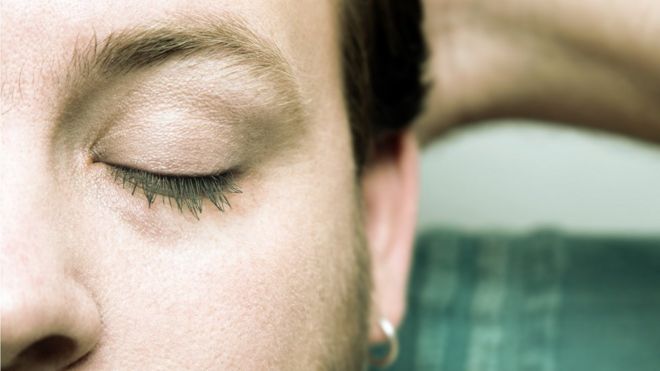
People suffering from stress can tackle it in various ways - from counselling sessions to yoga classes or listening to mindfulness CDs. But it's only recently that sleeping and doing very little - the ways human beings have always rested - have come to be seen as an insufficient response to life's difficulties.
Paul Lehrer lay on a couch looking at the ceiling of a room on the third floor of the Commodore Hotel in New York and tried to relax.
But it wasn't, he recalls, "the most ideally relaxing situation". There was no music playing softly on the stereo, no aromatherapy or tea lights. Instead, because of the heat, the windows were thrown open and the air was filled with the fumes of buses and trucks. Lehrer's ears hummed with the clanging of the construction site across the street, where they were putting up a new skyscraper, and underneath that cacophony he could hear the bustle of Grand Central Station next door.
Worst of all, every few minutes an old man would come into the room and sharply upbraid him for not relaxing the right way. It was 1973 and Lehrer, a psychotherapist, had come to be treated and to train under an 85-year-old doctor called Edmund Jacobson.
Forty-four years earlier, in 1929, Jacobson had published a forbiddingly technical book called Progressive Relaxation, which detailed a procedure for removing muscular tension. But since the exercises in the book were designed to relieve pressure that was as much psychological as physical, Jacobson's work led to a surge in the use of the word "relax", in the sense of "to become less tense, anxious or stressed, to calm down".
Jacobson's book asks patients to tighten their muscles and then release them slowly, paying close attention to the sensations of tiny amounts of residual tension. The idea is that after much practice, they become able to detect any tension and then work on eliminating it.
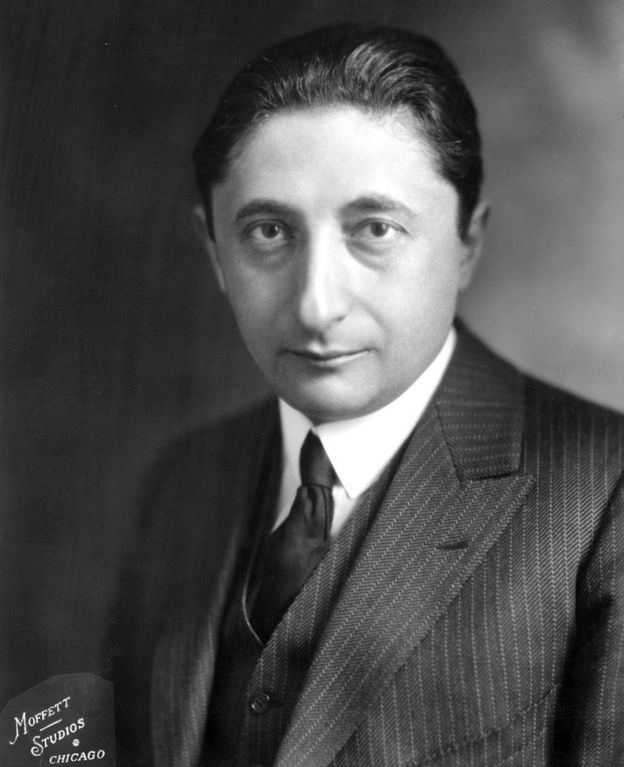 University of Chicago Library
University of Chicago Library
Find out more
- The BBC is collaborating with the Wellcome Collection on the Rest Test, an online survey of global attitudes to rest and relaxation. You can contribute to the survey and get feedback on your own patterns of rest here.
- The Rest Test will be discussed on Health Check on the BBC World Service at 20:30 GMT on Wednesday 4 November. Afterwards you can listen again online here.
In his body, man was blessed with a "wonderful living instrument", Jacobson wrote. "He needs to learn how to run himself properly, just as he needs to learn to drive a motor car properly."
He demanded that trainees practise for an hour a day. If they said they didn't have time he told them to wake up an hour earlier, as his exercises were more important than sleep.
This idea - that special exercises could be more beneficial than pure rest - was relatively new to the West.
"From the 1920s, 1930s, there were these relaxation practitioners saying, 'That's not enough. The therapeutic effect of say, just 20 minutes of proper bodily relaxation is going to be worth more than several hours of bad sleep," says Ayesha Nathoo from the University of Exeter, who is currently researching the history of relaxation therapies.
The reason for the change was the widely held belief that modern life was placing special pressures on the body.
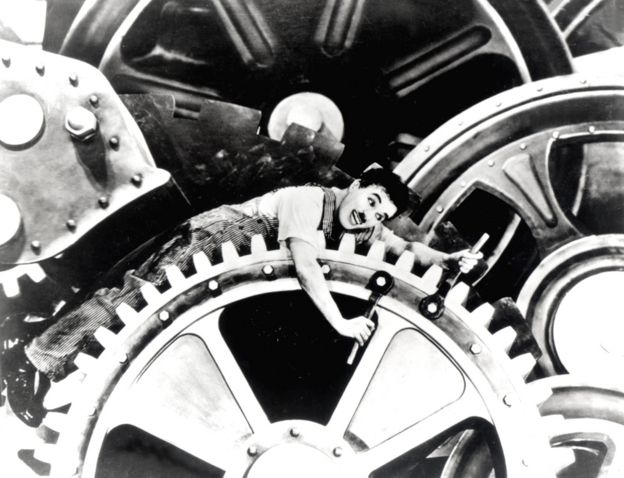 Rex Features
Rex Features
"A much-repeated narrative in the literature is that with the advent of modernity, natural and communal rhythms such as day and night, the seasons, festive holidays, and so on were replaced by unnatural ones that do damage to people's energy economies and also to communal structures," says Anna Schaffner, the author of Exhaustion: A History, to be published next year.
The specifics of these ailments of modernity varied as the 20th Century progressed. The German sociologist Georg Simmel's 1903 essay The Metropolis and Mental Life examined the effect of city life on the intellectual. Later commentators focused on the effect of rapid transport and changing technology - a theme that still recurs today. "Many argue that new technologies have enslaved us such that we are constantly 'switched on', never properly resting," says Schaffner.
Herbert Benson's 1975 blockbuster book The Relaxation Response catalogued a long list of modern ills, ranging from job insecurity to the rapid change in the role of women in society, to the ever-present fear of sudden nuclear annihilation. The result, Benson wrote, was that our innate "fight-or-flight" mechanism was working in overdrive, leading to an "epidemic" of hypertension.
But whether all these anxieties were justified is an open question. "Exhaustion has always been with us from the very beginning of time," says Schaffner, "and what changes is the narratives we tell ourselves about its causes."
Jacobson's progressive relaxation was just one of the therapies that sprang up to deal with the perceived problem. A rival technique was devised by the German psychiatrist Johannes Schultz. Unlike Jacobson's programme, with its emphasis on patients playing close attention to their physical sensations, Schultz's system of "autogenic training" required patients to adopt certain postures, and visualise a calming image twice or three times a day.
Jacobson and Schultz disagreed vehemently about relaxation, and when Schultz visited the US in the 1930s there was no meeting of minds. Schultz was working for the German Medical Society for Psychotherapy, a fascist organisation run by Hermann Goering's cousin, and Jacobson later said Shultz refused to dine with him because he was Jewish.
Jacobson's strict relaxation technique would go on to be modified by other practitioners. Some performed the muscle exercises but instead of getting patients to explore the sensation of minimal tension, they emphasised the sense of relief that followed straining them.
Other therapists removed the need for patients to be aware of feelings of tension by employing devices that measured their muscle activity, sweat levels or heart rate. They found that consciously or unconsciously, patients responded to this information by adjusting their stress levels. The health and fitness apps on watches and phones today are in some ways a development of a machine called an "integrating neurovoltmeter" which Jacobson invented in 1940.
Meanwhile, throughout the 20th Century, the practice of yoga in the West moved from being a niche activity for those interested in Eastern spirituality to a more secularised exercise programme with wide appeal to the mainstream. While pictures of the Maharishi Mahesh Yogi practising yoga with the Beatles were beamed around the world, government-funded evening classes in yoga were starting in London.
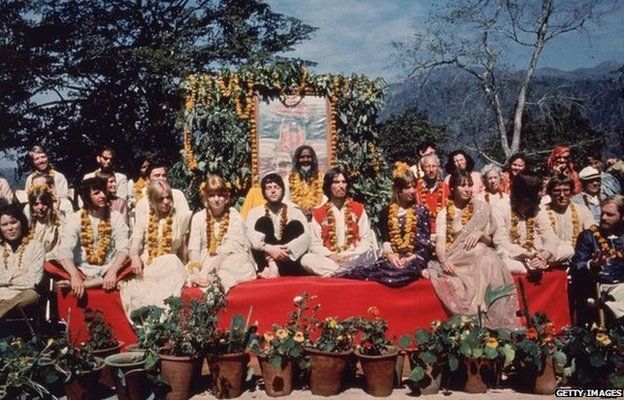 Getty Images
Getty Images
People signing up may have thought they were taking part in an ancient Indian ritual, but it was a very modified and modernised form of yoga. BKS Iyengar, the only guru whose yoga was permitted in these classes, had stripped away the references to spirituality, and there were elements that owed more to people like Jacobson than they did to the yogis of India.
"At the end of an Iyengar yoga class, there's this idea that there is a practice of lying in 'shavasana' or 'corpse pose' in which you should be completely relaxed, without any thoughts but conscious," says Suzanne Newcombe, a historian of yoga at Inform, based at the London School of Economics. "There's a lot of different ways to teach that and the progressive relaxation of tighten-and-release is sometimes taught, but that's definitely a Western medical imposition, it's nowhere in the medieval yoga texts. But at the same time it's not inconsistent with the goal of classical yoga in 'stilling the fluctuation of the mind'."
Newcombe says that it was the publication of Benson's wildly popular book The Relaxation Response in 1975 that really made "relaxation" a buzzword in much the same way that "mindfulness" is now. Indeed, the approaches have some common ground. Benson was a cardiologist who had become convinced of the benefits of transcendental meditation techniques on physical health, and he instructed patients to adopt a passive attitude and hold a thought or word in their minds for an extended period.
 Thinkstock
Thinkstock
"Essentially what he did is have people close their eyes and say the word 'one' to themselves and exhale," says Paul Lehrer. "He had people paying attention to their breath and relaxing. We have people now, doing work on mindfulness meditation, asking people to pay attention to how their breath feels, how their clothing feels, how the floor feels. That's what the Zen Buddhists do.
"All these techniques have some similar effects - Benson's technique and meditation methods, and mindfulness and muscle relaxation and breathing techniques - they all have some common effects in relaxation. Although they also have some very specific effects because they work by different pathways."
Edmund Jacobson, however, never stopped believing that all stress - indeed all thought - was manifest in the muscles of the body. But his cherished and influential idea received a blow in 1966 when a young psychiatrist at Harvard named Lee Birk undertook an extraordinary experiment.
Birk allowed himself to be administered a dose of curare, the plant extract that is used by some South American tribes on the tip of poison arrows, and which has the effect of cutting off the brain's ability to control muscles. He was therefore completely paralysed, and in need of artificial ventilation.
In this state, Birk showed two things. Firstly, thanks to a biofeedback device that showed him his heart rate and sweat level, he was able to control these by mental effort alone. Secondly, the very fact that he felt terrified during the experiment showed that muscle tension was not necessary to the experience of anxiety.
Birk's experiment would go on to be cited by psychologists advocating a new approach to the treatment of anxiety, one which would become dominant in the last part of the century. In cognitive behavioural therapy (CBT), patients learn, with help from a therapist, techniques which adjust their patterns of thought to forestall the onset of physical symptoms.
For Lehrer, Birk's experiment is striking but did not strike a definitive blow against the techniques he learned in the Commodore Hotel in 1973, which he still uses alongside other therapies. True, muscles don't always play a role in relaxation, but they do sometimes and for some patients.
"I think unfortunately what it did is it led psychologists to de-emphasise really meticulous muscle learning in the way Jacobson taught it, to the point that very few therapists train people as thoroughly as Jacobson did," says Lehrer, "and that's too bad because Jacobson's method worked."
More from the Magazine
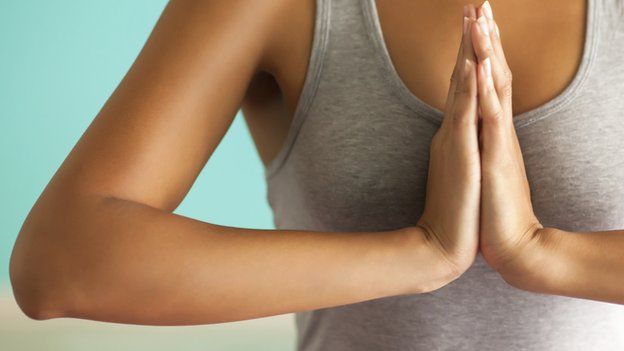 Thinkstock
Thinkstock
For many people, the main concern in a yoga class is whether they are breathing correctly or their legs are aligned. But for others, there are lingering doubts about whether they should be there at all, or whether they are betraying their religion.
No comments:
Post a Comment